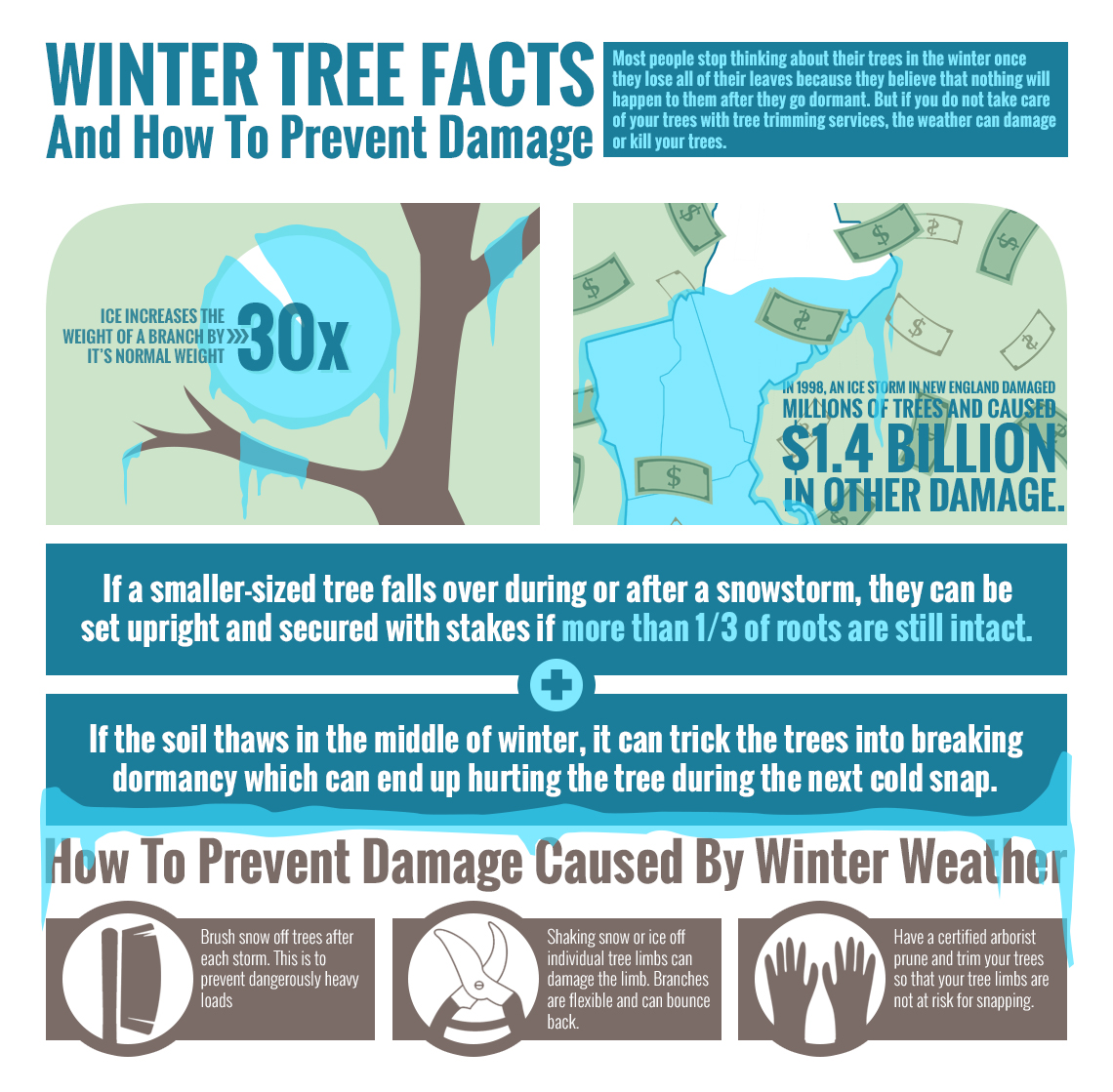The Environmental Effect Of Tree Elimination: What You Must Know
The Environmental Effect Of Tree Elimination: What You Must Know
Blog Article
Web Content Author-Willard Boyette
When it involves the ecological impact of tree removal, there are essential elements that require your interest. From the intricate web of partnerships within ecosystems to the subsequent impacts on climate patterns, the repercussions are profound. You could be shocked to uncover the elaborate ways in which the removal of trees can resound throughout the setting. Keep tuned to unravel the complex links and implications of this seemingly straightforward act.
Deforestation and Habitat Loss
Logging and habitat loss are essential concerns stemming from tree removal. When trees are reduced, it interrupts entire environments. Not just are the trees themselves lost, yet the homes and food resources of many plant and pet species are ruined as well. Birds lose their nesting sites, animals lose their shelter, and bugs shed their environments. The effects ripple via the food cycle, affecting killers and target alike.
Furthermore, deforestation adds to climate change. Trees play an important role in soaking up carbon dioxide, a greenhouse gas that traps warmth in the atmosphere. With less trees, there's less co2 absorption, bring about increased levels of this gas in the ambience and exacerbating worldwide warming.
Habitat loss is a direct result of logging, as the destruction of woodlands suggests the loss of distinct and varied environments. Lots of species are not able to adjust to quick changes in their environment, resulting in population declines and, in some cases, extinction.
Shielding forests is important to keeping the delicate equilibrium of nature and making sure the survival of plenty of plant and animal types.
Impact on Biodiversity
The elimination of trees has a substantial effect on biodiversity, influencing the selection and wealth of plant and animal species in a location. https://hudsonvalleystylemagazine.com/4-options-for-an-ideal-outdoor-space-pick-the-one-thats-right-for-you/ supply environment and food sources for many organisms, from bugs to birds to mammals. When trees are eliminated, these varieties lose their homes and sources of sustenance, causing a decline in their populations. This disruption can have plunging impacts on the entire ecological community.
Additionally, trees play a crucial duty in preserving biodiversity by producing microhabitats within their covers, trunks, and origins that support a large range of species. When trees are lowered, these specialized settings are destroyed, reducing the general variety of the area.
Additionally, the elimination of trees can result in a reduction in hereditary variety within plant populaces, as specific tree varieties may no longer have the ability to replicate or spread properly. Securing trees and woodlands is important for protecting biodiversity and guaranteeing the wellness of ecosystems for future generations.
Soil Disintegration and Climate Change
With trees being removed from an area, the disturbance of dirt framework and security takes place, bring about enhanced dirt erosion. Trees play a vital role in protecting against disintegration by holding dirt in position with their root systems. When trees are removed, especially in multitudes, the dirt comes to be much more vulnerable to erosion from wind and water. This disintegration not just affects the prompt environments however can also cause sedimentation in neighboring water bodies, affecting water high quality and aquatic communities.
Furthermore, trees assist manage the climate by absorbing carbon dioxide throughout photosynthesis. When trees are reduced, this all-natural carbon sink is lessened, adding to enhanced degrees of greenhouse gases in the environment. This can intensify climate adjustment, bring about more extreme climate events and interruptions in ecosystems worldwide.
For that reason, the elimination of trees not only accelerates soil disintegration yet also contributes in the bigger ecological problem of environment change. It's vital to consider these elements when evaluating the effects of tree elimination on the setting.
Final thought
Now that you understand the environmental effect of tree elimination, take into consideration the consequences before cutting down trees. Logging interferes with environments, minimizes biodiversity, and contributes to dirt disintegration and climate change. By being mindful of the effect of tree removal, you can assist protect our atmosphere and protect the fragile equilibrium of nature. Make informed options and take into consideration different solutions to lessen the negative results on our planet.
